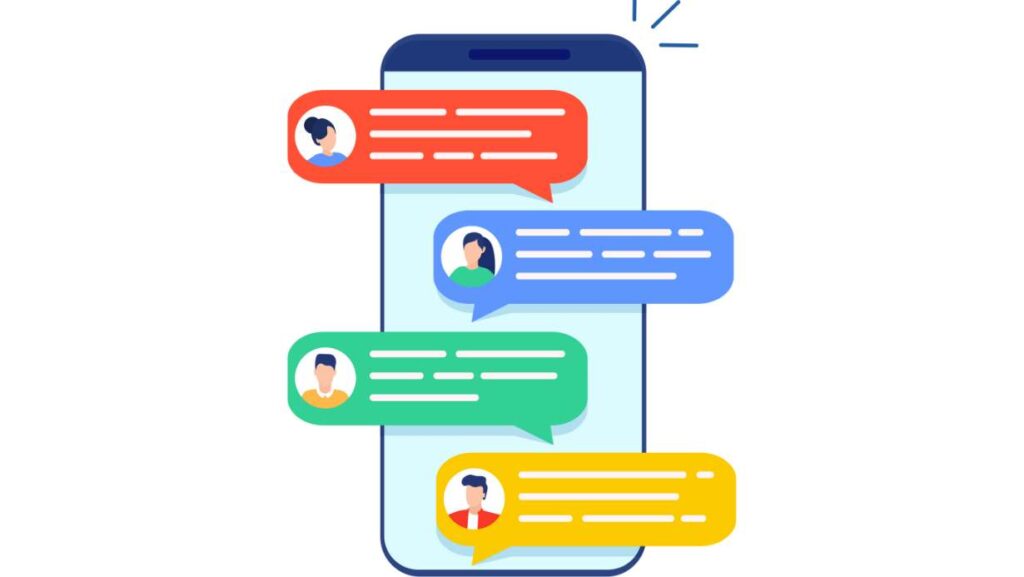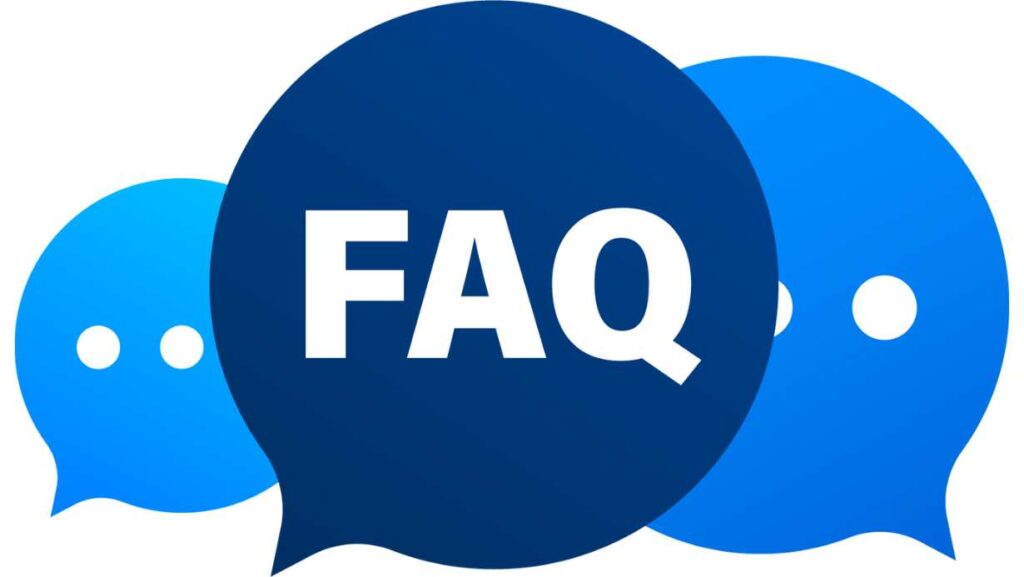The way businesses communicate is undergoing a major transformation with the integration of Microsoft Teams and WhatsApp.
This integration enables seamless messaging between the two platforms, offering organizations a robust and unified communication system.
In this blog post, we will explore Microsoft Teams WhatsApp integration and why their integration is revolutionizing business chat.
How Microsoft Teams and WhatsApp Integration Works
Microsoft Teams is a collaboration hub that combines workplace chat, meetings, notes, and attachments. WhatsApp, owned by Meta, is a popular messaging app used by over 2 billion people globally.
Here is an overview of how the integration enables communication between the two platforms:
- Received WhatsApp messages are intelligently routed into appropriate Teams channels or chats based on predefined rules.
- Users can reply to WhatsApp messages from within Teams without switching apps.
- Custom Teams bots act as a bridge, facilitating seamless sending of messages between Teams and WhatsApp.
- Users can communicate with customers and prospects using WhatsApp from within Teams.
- All WhatsApp communication history and data are available within Teams.
This integration eliminates the need to juggle multiple apps for messaging. Teams become the single hub for internal and external communication.
Intelligent Message Routing
One of the key technical capabilities powering this integration is the intelligent routing of WhatsApp messages into Teams.
Here is how it works:
- When a message is received on a WhatsApp business account, it is routed through a Teams bot into pre-configured Teams channels or chats based on defined rules.
- Advanced NLP algorithms analyze incoming messages to determine the intent and context.
- Based on content analysis, messages are automatically directed to the right teams or individuals.
- Rules can be set up to route messages from specific WhatsApp senders to predetermined destinations.
Intelligent routing, featuring a Microsoft Team WhatsApp Integration, is a technology-driven solution that simplifies the often laborious process of manually transferring messages between various applications. This integration seamlessly connects Microsoft Teams and WhatsApp, allowing for a more efficient and streamlined communication experience.

With the help of contextual automated routing, this innovative system ensures that messages and information are effortlessly directed to their intended recipients.
This means that the right individuals receive the right messages at the right time, without any unnecessary delays or complications.
This not only saves valuable time and effort but also enhances the overall communication process, promoting efficiency and productivity in the workplace.
Enhanced Customer Engagement
Integration of WhatsApp enables businesses to engage customers seamlessly and naturally. Some key benefits:
- Customers can utilize WhatsApp’s rich feature set including sharing locations, contacts, documents, and media.
- Chat history and data are preserved as customers seamlessly transition between WhatsApp and Team Chat.
- Customer service teams can provide support promptly without switching between apps.
- Sales teams can qualify leads faster by engaging prospects over their preferred WhatsApp messaging.
- Support for WhatsApp messaging helps businesses expand engagement across web, social media, and mobile messaging.
By meeting customers over WhatsApp, businesses can drive more productive conversations and stronger relationships.
The Role of Custom Teams Bots
To enable the integration between Teams and WhatsApp, custom bots are developed within Teams. These bots act as the bridge for communication in both directions.
Here is how they work:
- The bots have access to send and receive messages over WhatsApp business APIs.
- Incoming WhatsApp messages are routed through the bots into Teams.
- Outgoing Teams messages are similarly routed to WhatsApp by the bots.
- The bot logic manages the synchronization of contacts, messages, and data between the two platforms.
- Bots can be enhanced with AI capabilities like optical character recognition, natural language processing, etc.
Team bots provide the flexibility to customize the integration as per business needs. They act as the middleware orchestrating the messaging workflow.
Benefits of Integrating WhatsApp With Microsoft Teams
Transitioning communication to Teams while retaining WhatsApp messaging has tremendous benefits for organizations of all sizes. Let’s look at some of the key advantages in detail:
Unified Communications
Team integration turns Microsoft Teams into a singular collaboration hub for internal and external communication.
- Employees get a single app for team collaboration, document sharing, and external messaging.
- There is no more switching between multiple apps and tabs to communicate with colleagues, customers, and partners.
- Teams become the common window for chatting, calling, meeting, and accessing organizational information.
- Unified search makes finding past conversations, files, and contacts easy.
According to McKinsey, unified communications results in up to 25% higher team productivity and 19% faster decision-making.

Source: Microsoft’s annual reports
Enhanced Compliance, Security and Governance
Microsoft Teams offers robust enterprise-grade capabilities for compliance, data protection, and IT governance.
- Messages, files, and calls are encrypted both at transit and at rest.
- Granular admin controls enable policies like retention rules and legal hold.
- Native e-discovery features help search and export communication data to fulfill legal requests.
- Auditing, reporting and DLP policies ensure organizational governance.
Increased Customer Engagement
Integrating WhatsApp opens new avenues for engaging with customers.
- Customers can utilize WhatsApp’s rich feature set – contacts, locations, media sharing, payments, etc.
- Support and sales teams can connect with users on their preferred messaging platform.
- Customer data and conversation history are preserved as interactions switch between WhatsApp and Teams.
- Response times are faster with contextual routing and a unified agent desktop.
Improved Operational Efficiency
Unifying communication channels results in improved workflow and cost savings.
- Time spent managing different inboxes and apps goes down significantly.
- Intelligent and automated routing reduces manual message forwarding.
- Unified history and seamless handovers between agents reduce repetition.
- Overall ticket resolution time and customer service costs are lowered.
For large enterprises, these collective benefits far outweigh the costs and time taken to integrate WhatsApp and Microsoft Teams. The ROI is delivered through higher productivity, better compliance, reduced risks, and increased customer loyalty.
Wrapping Up
The integration of WhatsApp and Microsoft Teams heralds the future of smart, unified business communication. By bringing the popular WhatsApp platform into Teams, organizations can engage customers in a seamless omnichannel experience.
Intelligent bots, enterprise security, compliance, and a unified view of communication data will drive higher productivity. As more platforms support direct integration with Microsoft Teams via
Teams bots and connectors, businesses will be able to easily embrace new communication channels while retaining Teams as the hub.
This shift towards unified communication and collaboration will be a key driver of digital transformation.
Frequently Asked Questions

1. How do Microsoft Teams and WhatsApp integration revolutionize business chat?
It provides a unified platform with a full chat history across both apps. Intelligent routing and Teams bots enable seamless messaging avoiding disruptive task switching. This drives efficiency, compliance, and better customer engagement.
2. What are the key benefits of integrating WhatsApp with Microsoft Teams?
The main benefits are unified communications, enhanced compliance and security, increased customer engagement via WhatsApp, and improved operational efficiency.
3. How do custom Teams bots enable the integration?
The bots act as a bridge connecting Teams and WhatsApp through APIs. They orchestrate message routing, data synchronization, contact management, and other automation between the platforms.
See Also: Message Queue vs. Direct Communication: A Comparison










